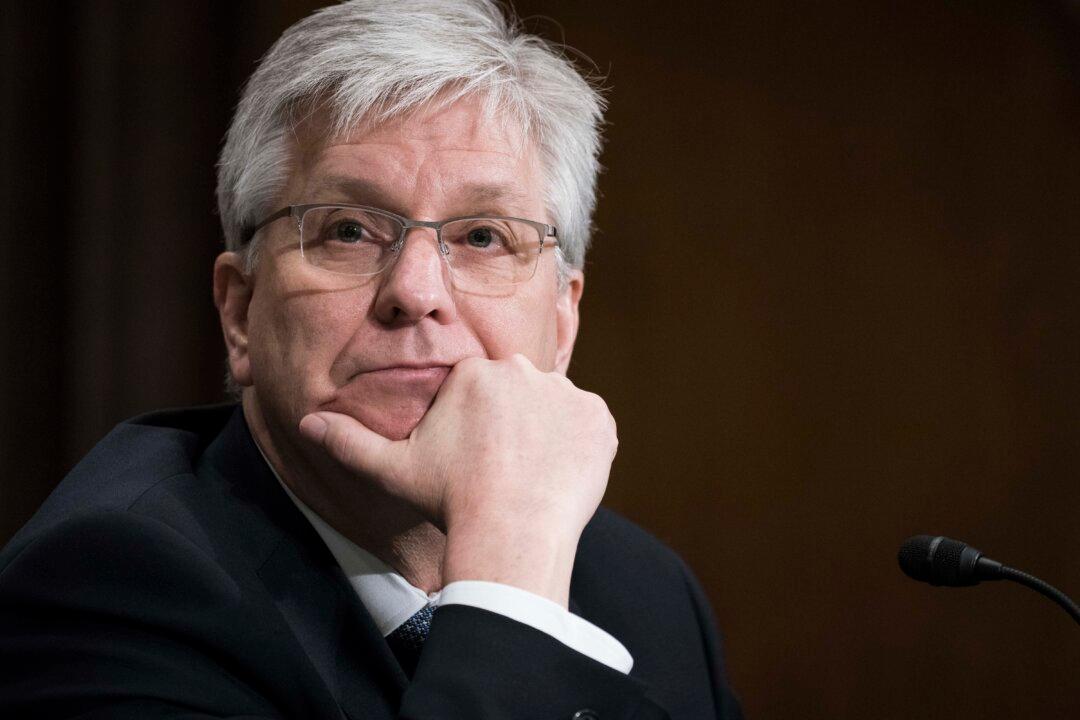Federal Reserve Governor Christopher Waller on Saturday became the latest U.S. central banker to pledge a whatever-it-takes approach to fighting inflation, three days after the Fed raised interest rates by three-quarters of a percentage point and signaled more hikes to come.
“If the data comes in as I expect, I will support a similar-sized move at our July meeting,” Waller told a Society for Computational Economics conference in Dallas. “The Fed is ‘all in’ on re-establishing price stability.”





